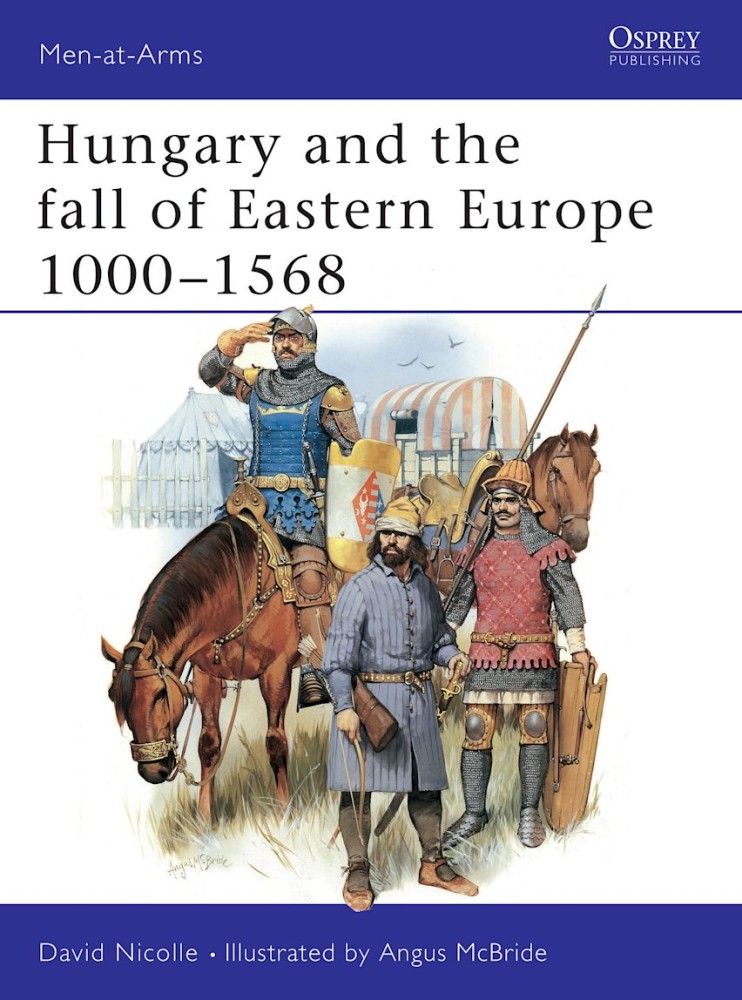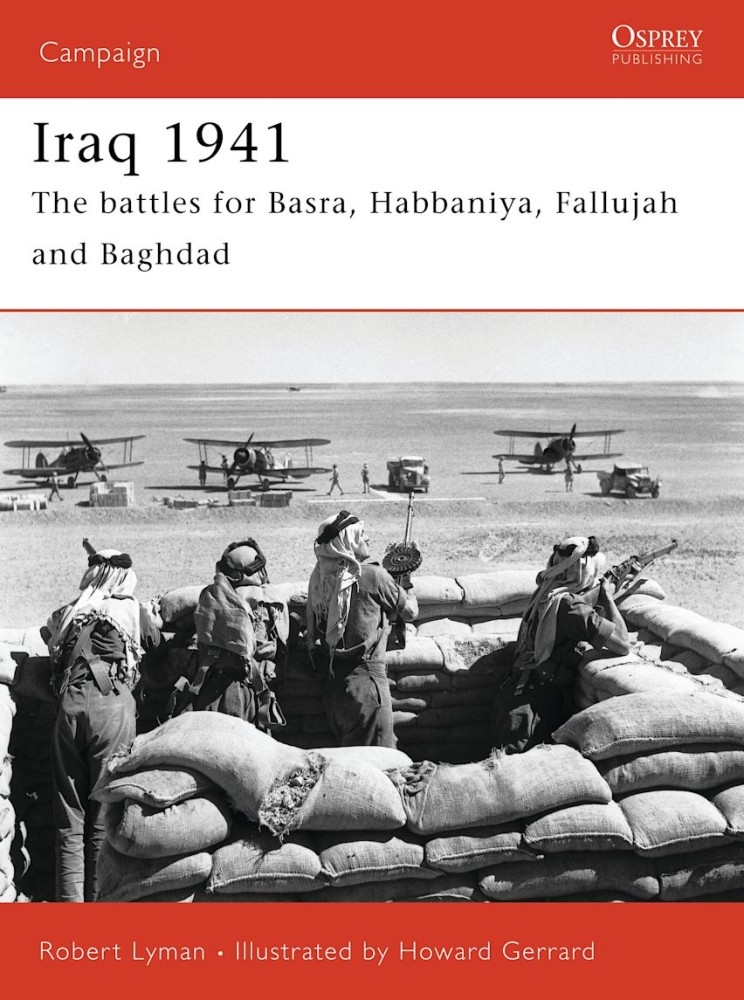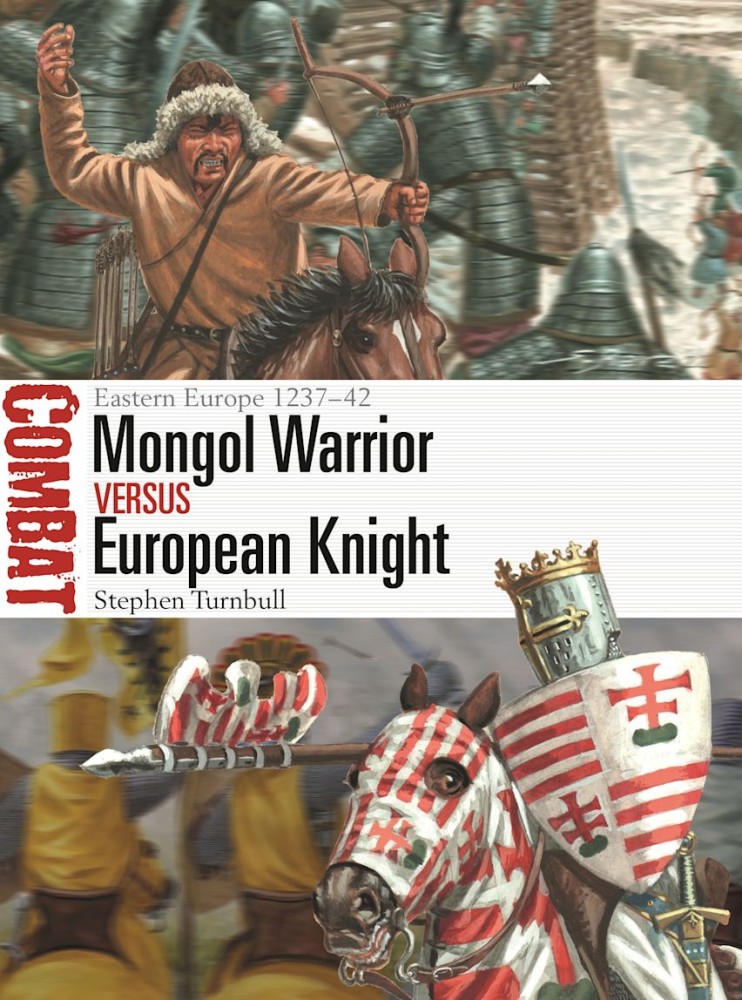Although not widely studied in the West, the medieval history of south-eastern Europe is both fascinating and complex. The Kingdom of Hungary was a vast realm, at least the size of France, that endured throughout the Middle Ages whilst the Byzantine Empire was even more extensive and enduring. The Serbians won themselves a brief but extensive local empire in the 14th century; while the Bulgarians established an effective and cultured state. Other players in the confusing Balkan scene included the Albanians; Wallachians; Moldavians; Transylvanians; Croatians and many others. How did they organise their armies and fight their wars; and why did they ultimately fail? This title answers these questions ably supported by numerous illustrations and eight colour plates.
The events in Iraq in 1941 had crucial strategic consequences. The country's oil reserves were a highly coveted prize for the Axis powers, and its location provided a corridor in the defence of Palestine and the Suez Canal. Had Iraq fallen to the Axis powers, Britain could have lost its foothold in the Middle East and the Mediterranean and risked losing World War II.
This book examines the strategy and tactics of the Iraq campaign, the role of the Indian Army and the Arab Legion, the nature of expeditionary warfare and the complementary roles of air and land power.
Featuring specially commissioned artwork and maps, carefully chosen illustrations and insightful analysis, this book examines the legendary Mongol warriors and their vastly different European opponents.



